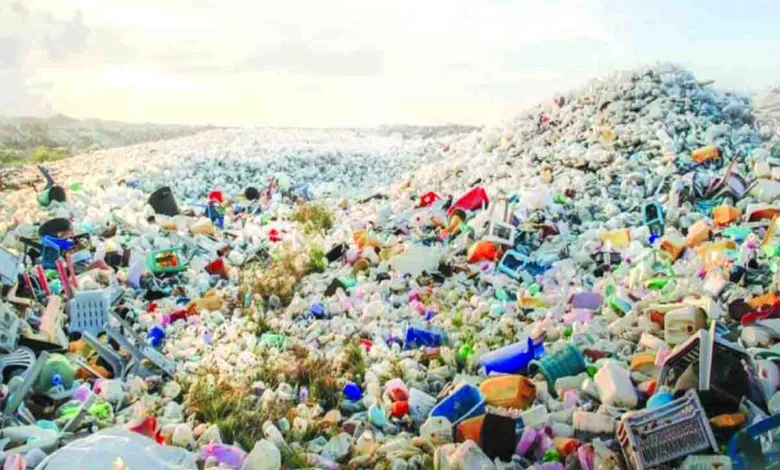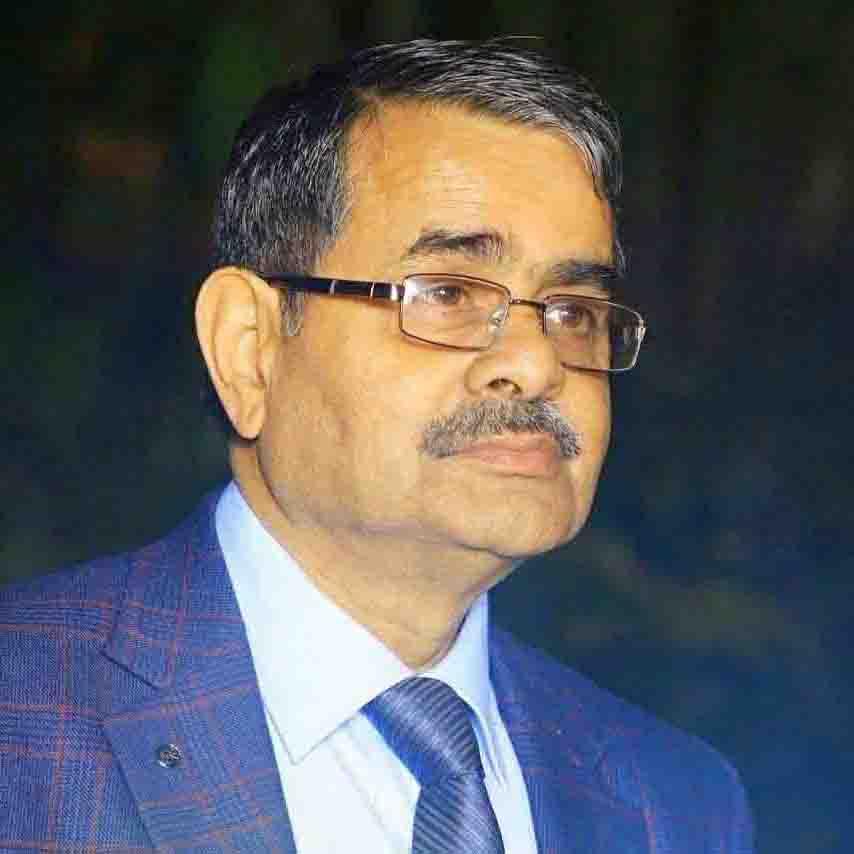A world wrapped in plastic

Monday 29 May 2023 | Neeraj Kumar Pande | in Guest Column
GUEST COLUMN
 Neeraj Kumar Pande
Neeraj Kumar Pande
When Dutch scientists last year discovered myriad categories of micro plastics in human blood samples, it was taken with an air of disbelief by most people. From traces of PET to polystyrene, it’s now axiomatic that plastics are ubiquitous – found scattered from the innermost ocean trenches to the loftiest summits across the globe. This discovery however eventually jolted most people when doctors claimed that these micro contaminants have the capacity to pass the blood brain barrier. The spike in critical non-communicable diseases in almost all urban communities could possibly be explained by this. Plastic ingestion, as per the Indian Medical Association, could be a leading cause of organ failure in the middle aged population. The poisonous chemical additives found in plastics threaten human health on a global scale. Hence this year once again the United Nations has decided to sensitise the global community regarding the dangers of plastic pollution. The theme ‘Beat Plastic Pollution’ comes as a reminder that people’s initiatives on curbing plastic ruckus really matters.
Going by the data published by the UN, more than 400 million tonnes of plastic is churned up every single year. However half of this is produced to be used only once, ie it is single use plastic. Of that, less than 10 per cent is recycled. Where does the remaining go? The answer is a no brainer. It snuggles in ocean beds, river basins, landfills, pits or various wetlands. What is worse is that the toxic leachate from waste dump sites, where most non-biodegradable refuse accumulates, seeps into the ground water. The same ground water enters agriculture fields, is consumed directly or used for cooking. The evidence of plastic residues depositing in the human body is therefore not intriguing. As it has become a part of the water cycle and food chain, it is triggering hitherto unknown pathologies in livestock as well. Deteriorating air quality in most countries can be linked to climate change too. The majority of developing countries lack appropriate waste management mechanisms. In such cases plastic waste is incinerated, after which it releases carbon dioxide and methane (from landfills) into the atmosphere. This intensifies green house gas emissions, further expediting heat waves and rainfall cycle alterations. In an economy like ours, where food production is heavily dependent on rain, this also results in crop destruction or financial loss to the farmers. Back in 2022 a similar phenomenon in Europe was named as ‘heatflation’ – loss of staple crops caused by climate change. This had worsened the already inflated food prices, aggravating the cost-of-living crisis across EU countries. Similarly in the state of West Bengal, officials have been lamenting how paddy sowing has become impossible due to lack of rainfall in summers. Consequently rural labourers are left without jobs.This has further meant a spike in urban immigration in most Indian states along with inter state migration rates .
Going by the data published by the UN, more than 400 million tonnes of plastic is churned up every single year. However half of this is produced to be used only once, i.e. it is single use plastic. Of that, less than 10 per cent is recycled. Where does the remaining go? The answer is a no brainer. It snuggles in ocean beds, river basins, landfills, pits or various wetlands. What is worse is that the toxic leachate from waste dump sites, where most non-biodegradable refuse accumulates, seeps into the ground water.
Across African nations, climate change or heat waves have begun to threat livelihoods like never before.
Humanitarian aid organisations are relentlessly warning that Kenya may sink into the worst drought situation ever. As per the account of Famine Early Warning System Network (FEWS), more than four million people were in need of humanitarian food assistance in Kenya for the entire 2022. Hence single use plastic usage and waste mismanagement of plastic refuse have triggered a Pandora’s box situation. From health crises to climate change and economic losses, its impact is multi faceted.
The fate of “Devbhoomi”has been no different in this regard. Uncountable tons of PET bottles, chips packets , and SUP disposables have been routinely scraped from sacred rivers- Mandakini, Yamuna, Bhagirathi and Alaknanda, and forests of Uttarakhand. The provisional capital city Dehradun has been the biggest contributor to plastic waste, followed by popular tourist destinations.
Environment conservation agencies, NGOs and governments have long been mulling over a sustainable solution to this draconian challenge. India’s G20 presidency has come as a golden opportunity for most developing nations to devise ways of tackling the plastic crisis. An analysis done in February 2023 depicted that the G20 countries generated over 261 million tonnes of plastic waste in 2019 and are likely to almost double their plastic waste generation, to 416 million tonnes by 2050, unless strict measures are adopted . Japan’s G20 presidency in 2019 and the Action Plan on Marine Litter associated with it was a welcome step. Similarly the Swachchh Bharat Abhiyan and its focus on eliminating single use plastics along with establishment of plastic parks which encourage recycling on a large scale, are helpful initiatives in combating plastic predicament.
However it remains ironical how we as a community do not readily adopt mitigative measures. Humble choices such as using jute/paper /cloth bags instead of polythene / plastic covers, could do wonders in curbing plastic use, when adopted on a community scale. Better sensitisation of online or offline retailers, consumers needs to be conducted to completely phase out popular single use plastics like cups , straws, bags or cutlery. Stringent monitoring and punishments need to be met out on defaulters by creating accessible compliant platforms. Besides an often overlooked issue of source segregation of waste, needs immediate implementation. Imagine for every gramme of plastic or polythene that gets mixed up with food waste, an animal could painfully choke itself to death. On a macro level, not only by adding to the non biodegradable waste burden but also by inducing global warming, plastic usage is like slow poisoning. Only its effects are becoming more dramatic each passing day. As the UN secretary general has recently opined,“We have never been better equipped to solve the climate challenge, but we must move into warp speed climate action now. We don’t have a moment to lose.”
(The writer is a retired civil servant. Views expressed are personal)






